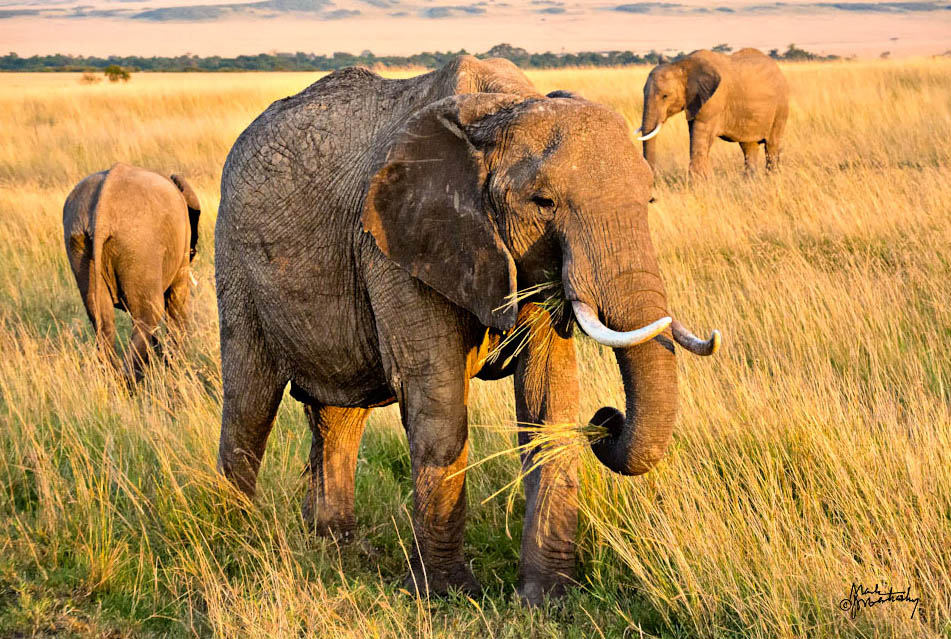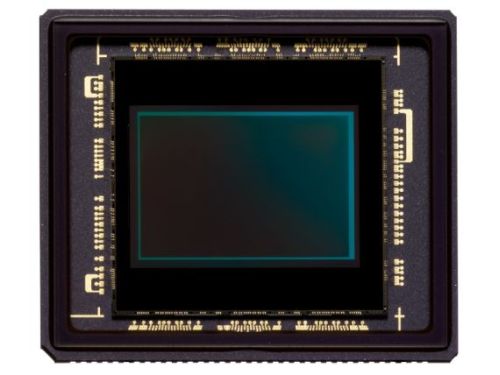Around this time last year, I was asked to shoot a wedding for a young couple getting married in Charleston. I came to find out that the groom's father was none other than Nikon advertising photographer Mark Alberhasky. Mark and I hit it off instantly so when I found out he has been shooting wildlife with Nikon's V1 mirrorless camera, I knew he would be perfect for Fstoppers Mirrorless Month. Mark explains how mirrorless cameras can out perform dlsrs below.
If you aren't familiar with his work, Mark is a contributing photographer for Nikon advertising and a Nikon mentor for the Pop Photo Mentor Series treks. His work has been featured in Nikon World magazine (read it here) and calendar, has won awards internationally, and has been used in commercial ads, magazine covers, textbooks, action sports publications, and corporate installations. This being "Mirrorless Camera Month" here at Fstoppers, we asked Mark to share his insights on the Nikon 1 System, specifically the V1 camera. Here is what Mark had to say about using the Nikon mirrorless system:
Nikon System 1: V1
by Mark Alberhasky
Enter the Nikon 1 System. Nikon choose a different route for the sensor creating yet another standard: the CX format. Admittedly, when I first read of this my reaction was one of skepticism. Do we need another sensor size? Yet my experience with the V1 and CX sensor over the past year has yielded several pleasant surprises.
The CX sensor is between the dimensions of the typical Coolpix camera and the APS-C size of DX sensor DSLRs. The 10MP fit into the 13.2x8.8mm format ensures a tight pixel density. In fact if this technology were used to create a full frame sensor it would be in excess of 70MP. We're talking serious resolution. Yes, it's true the pixels are small and so high ISO performance is not the forte of this design. That being said performance at 800 and 1600 are nothing to dismiss, and the other benfits of this system warrant further comnsideration.
There are two major advantages with the Nikon 1 System. Ironically they are at opposite ends of the size spectrum. The Nikon 1 System lenses are small. Really small. As in 3 lenses (10.5mm, 10-30mm, and 30-110mm) that cover the 35mm equivalent of 28mm - 297mm can fit in the palm of one hand. Once you discover that these lenses with the CX sensor produce sharp images with somewhat greater depth of field than your DSLR, the potential for a wonderful travel kit begins to emerge. My first appreciation was when I hiked into the sand dune field in Death Valley with only the V1 and the kit lenses. What a treat! The control set has enough depth to allow serious shooting and you're not exhausted lugging 30 lbs of gear.
The other surprise from System 1 comes in the form of the FT-1 lens adaptor. This small attachment allows you to mount Nikon DSLR lenses on the J or V bodies. Before you say, "But that goes against what you said in the opening paragraphs!", hear me out. The reason you might want to mount DSLR lenses is the incredible increase in relative focal length you'll get due to the CX sensor size. The conversion factor is a jaw dropping 2.7x. Your Nikkor 70-200mm f/2.8 VR becomes a 190-540mm focal length while retaining the full f/2.8 lens speed! Autofocus is also retained (although limited to the central focusing target). The other fringe benefit is that the image the CX sensor captures uses the central sweet spot of DSLR lenses, cropping away the periphery where optical compromises often become evident.
I decided earlier this year to try the V1 during photo safari in Africa, using several legendary Nikkor lenses: the 70-220mm f/2.8, the 300mm f/2.8, and the 400mm f/2.8. The relative focal lengths on the V1 ranged from 190mm to 1080mm, all at f/2.8. I also used the diminutive kit lenses for walk-around shots. While I can't share all the highlights here on Fstoppers, I can tell you the results were amazing. Such that Nikon ran a feature article in the summer issue of Nikon World ("Skill Set") that speaks volumes about the capability of this camera. Serious DSLR shooters should consider the V1 if for nothing more than it's use as a teleconvertor. Increase the focal length of glass you own without losing lens speed or any compromise in the optical quality of the native lens design. But don't be surprised when you end up using it for more.
In summary, the Nikon 1 System is something unique. It can be a simple still / video system for the consumer market. But in the hands of a serious photographer it becomes a tool with amazing potential. And once you experience the pleasure of System 1 as you travel it may have you thinking twice the next time you're packing photo gear for adventure.












These cameras are also fun because they can adapt C-Mount TV lenses. Granted the experience is not as nice as on a Sony NEX, but they do have some "interesting" glass options. Here's the equivalent of a 35mm f/1.4 - notice that this is in fact cheap glass!
http://www.flickr.com/photos/chromaticaversion/7369478288
I'm loving this Mirrorless Series the further it goes down the line. What an insightful article. This series has inspired me to look at these cameras with a better respect for why they exist and are growing. I'm encouraged to consider the Nikon V1 and now the Canon M.
I'd consider the V1 if they could get the ergonomics right. As it stands now they're awful. And the hotshoe incompatibility with 3rd party wireless triggers etc. also kills a lot of the potential of the system.
Interesting report! I have a doubt though regarding the use of the V1 as a teleconvertor. Considering the small sensor (13.2x8.8mm), it looks like I could as well simply use my full frame DSLR, on which I guess a 70-200mm would feel a little less awkward than on a V1, and crop my image to use only the same 13.2x8.8mm of my full frame sensor. I would think I get about the same result in terms of magnification, as well as using only the sweet spot of the lens. I fail to see in what way having an additional body like the V1 (plus the needed adaptor) would represent a big advantage - except for Nikon who would be happy if I buy more gear. Maybe I am missing something though.
for better or worse, the pixel density of the V1 is twice that of the D800. If you cropped down a picture to 2.7x effective "zoom", the V1 image would have more detail (pixel data).
You're right, Kyle, thanks! I considered instinctively the higher pixel density as a disadvantage, but did not consider the extra details. Good point.
Of course at that magnification, you will need to be shooting on pro-glass else your extra "detail" might just be color fringing and smudges.
If you cropped a D800 image down to CX size, you'd have an image with 50% less resolution (4.9MP) than a V1 image. That's almost as big as the difference between the D700 and D800 (75%). Hope this helps!
It will be cool to make a test with all these mirrorless cameras and see how well they can cope with high speed sync and studio flashes :)
I completely agree that there are design aspects of the V1 that could be improved. My number one hope is that in the next gen design they improve / replace the thumb driven wheel that changes modes. It changes with the slightest effort, much too easily. The on/off and shutter buttons are much too subtle for my taste as well (designed more for aesthetic profile than functionality). Yes the accessory shoe is no substitute for a real hot shoe, but there are issues of size and potential for multiple devices to go there as opposed to just a flash. I'd also add more direct access to ISO to my wish list. That being said I still really enjoy shooting with this little powerhouse. It won't replace a DSLR for a serious photographer but it can be a significant creative addition to a camera bag and a very real alternative for a travel kit when you need/want to travel light.
Mark Alberhasky